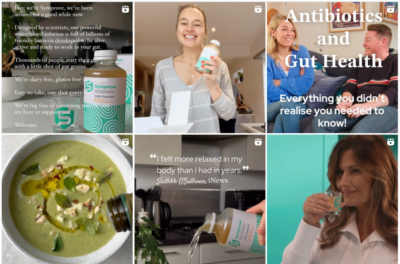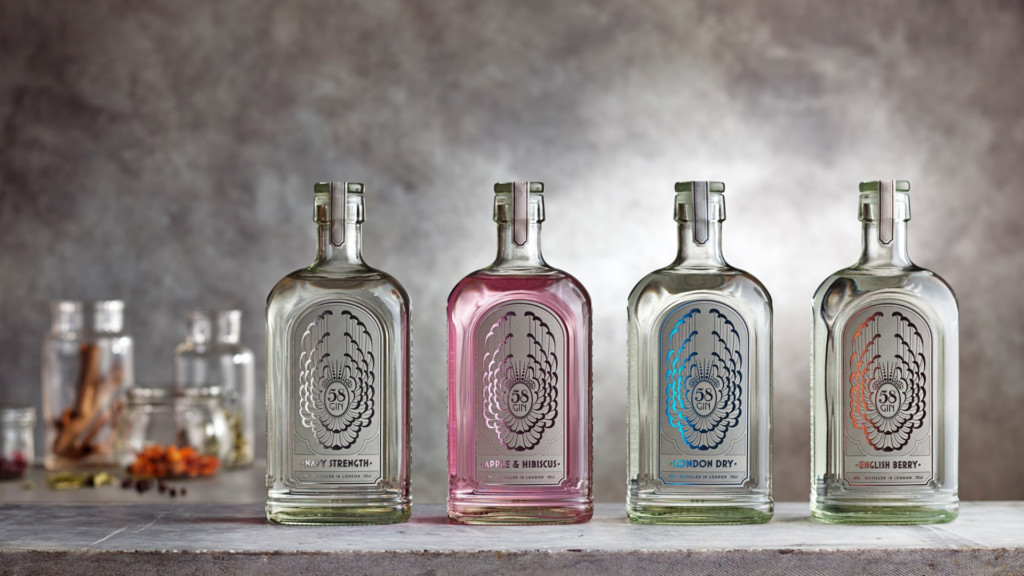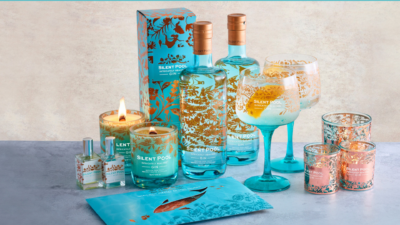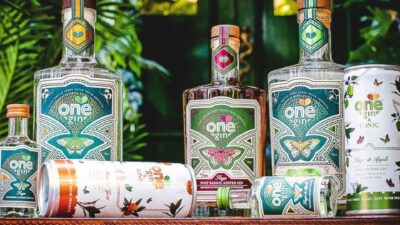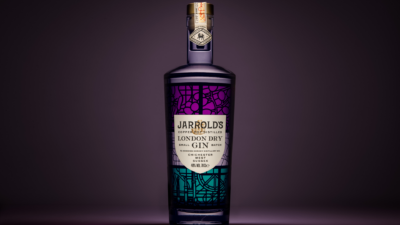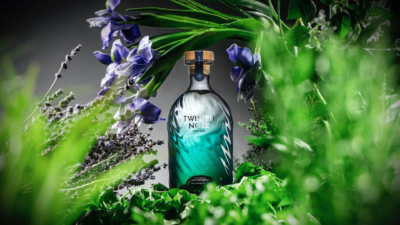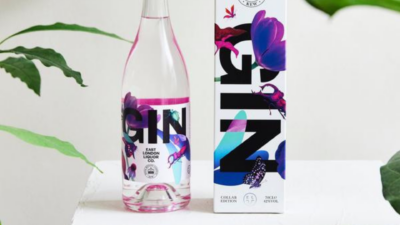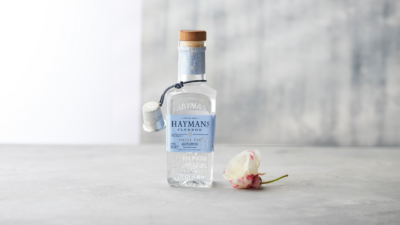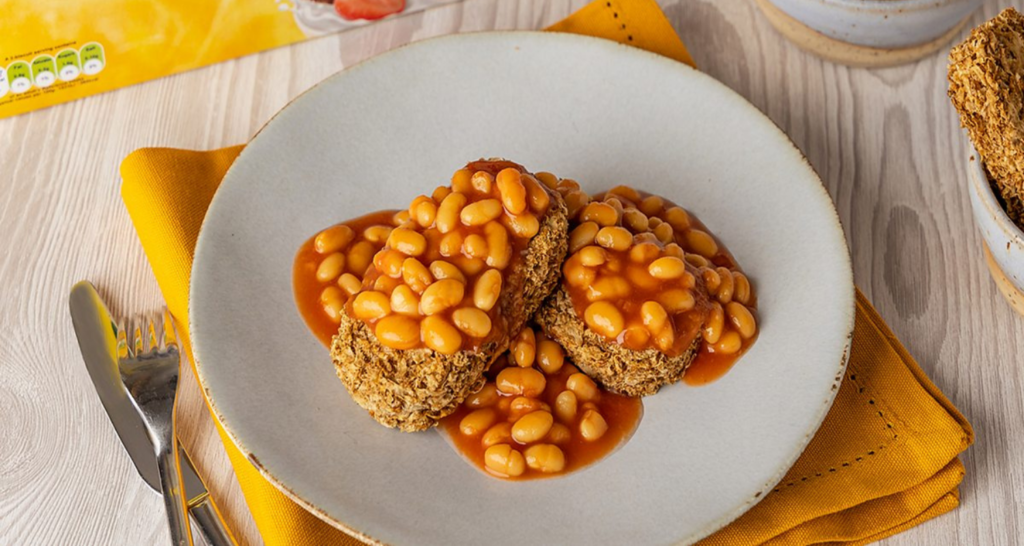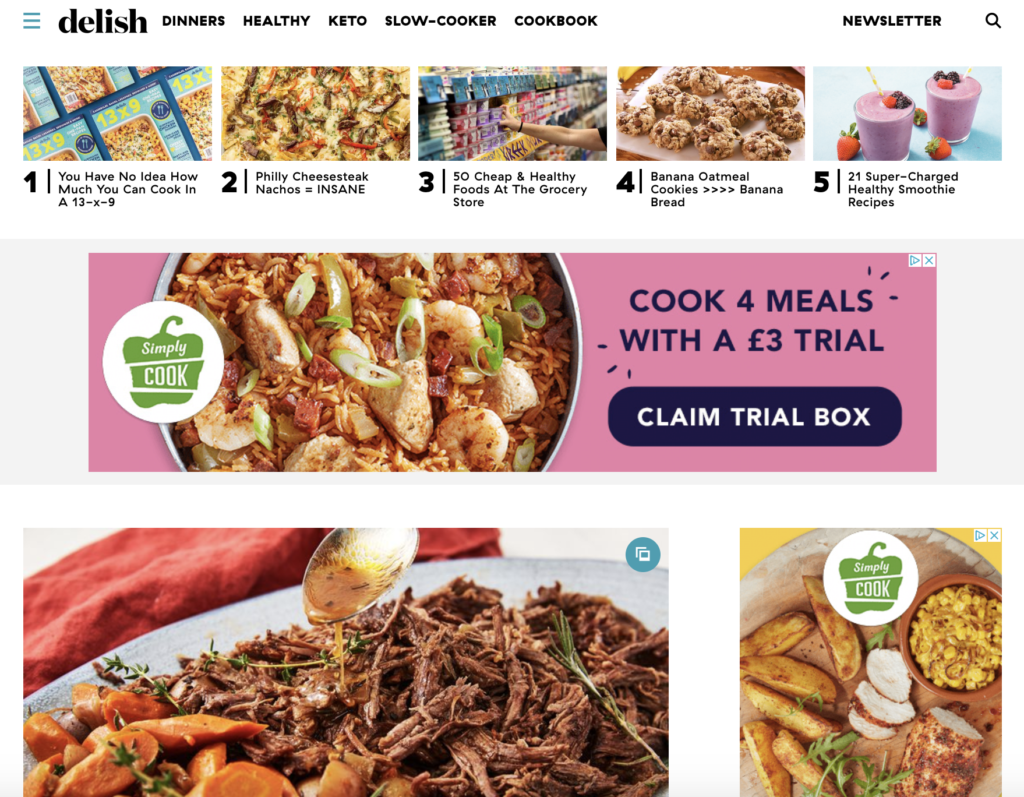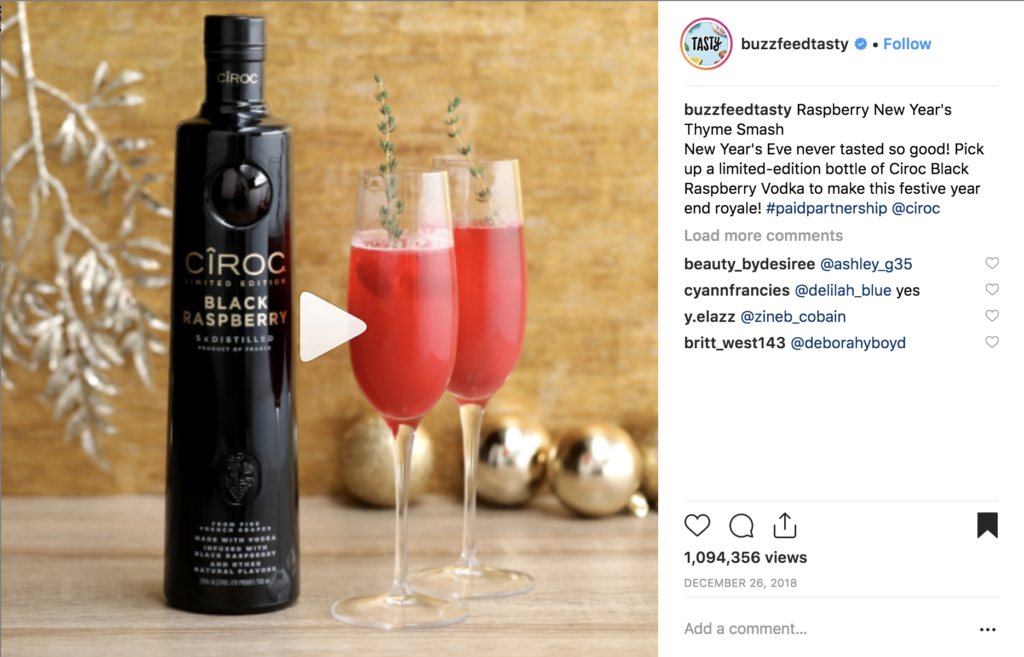In the ever-evolving landscape of health and wellness products, Symprove has emerged as a shining star, not just for its groundbreaking probiotic formula but also for its exceptional marketing success. This UK company, founded in 2002, has managed to carve a niche for itself in a competitive market and build a loyal tribe of fans of consumers worldwide. In this blog post, the Small Films team delve into the reasons behind Symprove’s fantastic marketing success, exploring in particular how they’ve used video content to help achieve their growth.
Showcasing their Scientific Credibility
Symprove’s marketing success begins with the foundation of scientific credibility. Unlike many health products that rely heavily on anecdotal evidence, Symprove has invested significantly in scientific research. And they clearly communicate this across their website. From videos with scientists on why gut health matters through to interviewing neuroscientists on how to rejuvenate the body and mind – they’ve placed a significant emphasis on science-backed content.
Educational Content
Symprove doesn’t just sell a product; it sells knowledge and understanding. The company invests in creating educational content that explains the science behind its probiotic formulation and the benefits it offers. From blog posts and articles to webinars and infographics, Symprove ensures that consumers are well-informed about gut health and the role of its product. By positioning itself as an authority in the field, Symprove engages its audience and establishes a deeper connection beyond a transactional relationship.
User Testimonials and Success Stories
The power of storytelling is not lost on Symprove’s marketing team. Real-life testimonials and success stories from users who have experienced positive results after using Symprove are prominently featured in their marketing – especially on their social media channels. This not only serves as social proof but also resonates with potential customers on a personal level. Knowing that others have benefited from the product creates a sense of trust and confidence, influencing purchasing decisions.
Strategic Partnerships (especially influencers)
Symprove has strategically formed partnerships with health and wellness influencers, nutritionists, and medical professionals. These collaborations not only enhance the credibility of the brand but also expand its reach to a broader audience. By associating with experts in the field, Symprove positions itself as a go-to solution for gut health, leveraging the influence and trust that these professionals have built with their followers.
Engaging Social Media Presence
In the digital age, a robust social media presence is crucial for any successful marketing strategy. Symprove excels in this aspect by maintaining active and engaging profiles across various platforms. From sharing informative content to responding promptly to customer queries, the brand uses social media not just as a promotional tool but as a means to connect with its audience on a personal level. Regular recipes, behind-the-scenes, and user-generated content further contribute to the vibrant online community surrounding Symprove.
Customer-Centric Approach
Symprove places a strong emphasis on its customers, and this customer-centric approach is reflected in its marketing strategy. The company actively seeks and values customer feedback, using it to improve its products and services continuously. By prioritising the customer experience, Symprove fosters loyalty and positive word-of-mouth marketing, turning satisfied customers into brand advocates.
Symprove’s marketing success is a result of a carefully crafted strategy that combines scientific integrity, educational initiatives, strategic partnerships, and a strong online presence. Symprove has not only conquered the competitive health and wellness market but has also established itself as a trusted leader in the realm of gut health. As the company continues to innovate and adapt to evolving consumer needs, its marketing success is likely to endure, making Symprove a noteworthy case study for businesses in the health and wellness sector.
Small Films are specialists in video content for FMCG brands. We’ve created unforgettable films for the likes of Mallow & Marsh, Lucky Saint and Charlie Bighams and more. If you’d like to discuss your next video marketing project, then do get in touch with one of the team. We’d love to help.
